Even More Outlandish: Further Thoughts on the Role of Translation and Children’s Literature
 In 2002 I was spending my lunch hour as I usually did: reading through academic children’s literature journals for fun. There was one in particular that dealt with international children’s books that I took a shine to. Called Bookbird, one particular issue presented an article comparing and contrasting different translations of Hans Christian Andersen. I was absolutely flabbergasted by it. For whatever reason, it had never really occurred to me that (A) All of Andersen’s fairy tales are translations and (B) Different translations carry within them vastly different meanings. I took something with me from that article that day: A new perspective on global children’s books.
In 2002 I was spending my lunch hour as I usually did: reading through academic children’s literature journals for fun. There was one in particular that dealt with international children’s books that I took a shine to. Called Bookbird, one particular issue presented an article comparing and contrasting different translations of Hans Christian Andersen. I was absolutely flabbergasted by it. For whatever reason, it had never really occurred to me that (A) All of Andersen’s fairy tales are translations and (B) Different translations carry within them vastly different meanings. I took something with me from that article that day: A new perspective on global children’s books.
In case you missed it, I had the honor of writing the cover story for School Library Journal for April 2017. The title: Outlandish: Braving new perspectives through books in translation. The piece zeroes in on a number of different aspects of international children’s literature. And, like all good articles, it had a limited word count and a very specific focus. Many of my beautiful pull quotes and a lot of truly interesting information was left on the cutting room floor.
ADVERTISEMENT
ADVERTISEMENT
Today, I’d like to highlight some of the information that didn’t make it into the final article. First up is a section of the original article that went into the nitty gritty statistics of precisely how many books are translated for children each year. I wanted to determine whether or not that number has gone up and down in recent years. Finding that information proved near impossible, but I caught a break when I learned about Susanna Reich’s research. You won’t find this information anywhere but Susanna’s own work. Here it is:
To mark the progress of translated children’s literature requires some number crunching, yet determining whether or not the number of translated children’s books has gone up, gone down, or stayed steady is a tricky business. Author Susanna Reich found this to be particularly true when she was attempting to discover the number of books submitted for the American Library Association’s Mildred L. Batchelder Award for children’s books originally published in a language other than English in a country other than the United States, and subsequently translated into English for publication in the United States. When Reich reached out to PEN (the world’s leading international literary and human rights organization) and their Translation Committee she was told that they couldn’t even get statistics on adult books, let alone children’s. Reaching out to ALA seemed a logical next step but Susanna was informed that ALA doesn’t keep statistics on how many books are submitted for their prizes (nor the titles of those books). In the end it was the Cooperative Children’s Book Committee (CCBC) in Madison, Wisconsin that proved the best resource. Though limited to seeing only those books received from the publishers that choose to send to them, they were at least equipped to cite overall trends. Susanna saw the logs from 2003-2015 and at the Global Kids Connect Conference held in December of 2016 she relayed the following:
“The CCBC receives about 3,500 books each year. Statistics show increasing numbers of translated books, from 67 (1.9%) in 2003 to 132 (3.7%) in 2015, the vast majority from European languages, with a recent growth in the numbers of books coming from Japan & Korea. ”
All good news, yet even these statistics are easily skewed if a single publisher sends a series or another fails to send their books in a given season. Said Susanna, “[I]t’s not a very scientific conclusion, but it’s the best I could find.”
Determining how much of the American children’s book market consists of translations is even harder. Annette Goldsmith, co-author of Reading the World’s Stories: An Annotated Bibliography of International Youth Literature, and Rachel Hildebrandt, a literary translator and founder of Weyward Sisters Publishing, said a good way to grapple with this problem was, for comparison’s sake, look at other countries. As Rachel puts it, “in Germany the publishing for a given year is a good 30% translated from around the world. For us we’re talking 3%. In the U.S.” Annette agreed. “For children’s it’s between 1-2%. We don’t have these figures. It’s an educated guess when you do it because we don’t have the statistics.”
[In my research I also found imperative to get pull quotes from people with a hand in the game. I’d ask them questions and gather their answers. But, of course, one question stood out: Why even bother having kids read books from other countries? What’s the point? I wasn’t able to fit most of these answers in but I want to emphasize the variety of answers I received. If nothing else, it’ll give you a clear and concise understanding of the many reasons at work in that statement.]
- To your mind, why is it important for the American publishing industry to bring translated picture books to U.S. shores? Why do these books matter? Why do we need translated titles?
Leonard Marcus: The world is becoming more interconnected. Our relationship to the rest of the world is increasingly based on interdependence and mutual self-interest. We have to know how people from other cultures see their place in the world and how they think and approach life’s challenges. Reading children’s books is one of the best ways to find all this out.
Jeff Garrett: They are not only the spice to our own domestic production, as I wrote in that article [“Of Translations and Tarantulas: What’s at Stake When American Children Read Books from Other Countries” by Jeffrey Garrett in Crossing Boundaries with Children’s Books]: they represent some other culture’s main course. Experiencing one of the best children’s books another country has to offer gives young people a way to experience that culture _from within_, once they are _in_ the story.
Marc Aronson: Point one, for native English speakers: Gene Yang’s Reading Without Walls initiative challenges us to read books about characters, and in formats, that are new to us. Translated books are a perfect example of that kind of self-stretching opportunity. The very difference in point of view, perspective, tone, voice, perhaps (if the translator has retained this) syntax can open our minds to new possibilities. The other day I was guest teaching a 9th grade class in a bilingual school for recent immigrants from China. They were starting a research project and I was there to launch them into their work. I asked them, “what is a beautiful sentence in Chinese?” My point was that as they write in English, they are not just limited students struggling with a difficult language, they bring a whole different sound system, a whole different sense of how words fit together, to English — which can lead to new innovations in English. Every book first written in another language bends English, and every story, or nonfiction text, has the capacity to show us other ways of thinking, living, imagining, investigating, reporting. On a recent trip to Paris I noticed how many people from the African diaspora (Francophone Africa, the Caribbean, France itself) were there. I thought, African-American young people need to know how much Paris is theirs — to have a sense of belonging and entitlement to the entire world. A book “for” an American reader need not be about America, it can/should be an entry to the entire world. I think we overdo books as mirrors and under-emphasize books as windows. A translated book is precisely a window into another way of thinking and seeing.
When my now teenage son was in fourth grade I read Ella Young’s The Tangle-coated Horse (a very early Newbery honor book) to him. The Gaelic-inflected language was a revelation to him — he heard English as never before, which opened his eyes to the possibilities of language. That is what a translated book can do — open your eyes and ears.
Point two, for immigrants and their families: books whose art styles and voice reflect a country of origin for an immigrant family can be a comfort and transition as they make their way here. As our current government seeks to build walls and enforce boundaries we can use books to do the opposite — create links and connections, make books be a welcoming mat for those adjusting to new languages, cultures, landscapes. So much of all of children’s and Young Adult literature is about transition — giving a reader both a place to land, and a way forward. Books in translation can be yet another form of transition for a grandmother, a parent, a child arriving from another land.
We have to remember that the audience for books comes in many flavors, and so the “uses” of translated books depends on which audience we have in mind.
V. Geetha: Perhaps I should start by clarifying how we at Tara Books understand translation. Some of the titles we bring to the US have appeared originally in English, but the visual context, references and images are of course ‘Indian’ or ‘South Asian’. In such cases, we are translating a culture’s visual representations for another audience – by making these images available to them, in ways that communicate their significance. Visuals of course don’t need translating, but when they are placed in context, in a story, or a historical account, they speak to the reader in ways that call attention both to the universal language of the visual as well as the specific cultural language in which the visual expresses itself.
ADVERTISEMENT
ADVERTISEMENT
In some cases, our books feature text that has been adapted from an oral rendition, in one or the other of the Indian languages, and in this case, we have adapted and translated textual content for readers that won’t have an opportunity to access these very diverse cultural worlds.
As for bringing them to the US and why that’s important: while the US is constitutively multicultural and multilingual, over generations, migrants ‘adapt’ to an ‘American’ way of being, which includes learning English and so on. Yet, Americans also refer to themselves as Irish-American or Arab-American etc. Our books bring in a range of cultural experiences, which address this hyphenated identity but they also urge readers to think of cultures differently – not merely connected to the USA, but existing as integral entities in their own right. This is important in a context where multiculturalism has meant retaining a sense of where one has come from, by way of rituals but basically ‘becoming’ American.
Also, with some of out titles, such as I See the Promised Land: A Life of Martin Luther King Jr., and the forthcoming Brer Rabbit Retold, both by African-American writer Arthur Flowers, we have brought an Indian visual perspective to American heroes and folk characters. This is another kind of ‘translation’, if one understands the term in its most expansive sense. We hope to do more in this direction.
In a more specific sense, translations bring alive the idioms and phrases of another culture and readers are thus brought into a culture that is not theirs, and learn to understand that the world is various in a very fundamental sense.
Thanks and thanks again to everyone who helped me with this piece. Be sure to read it online here if you missed it the first time around.
Filed under: Uncategorized
About Betsy Bird
Betsy Bird is currently the Collection Development Manager of the Evanston Public Library system and a former Materials Specialist for New York Public Library. She has served on Newbery, written for Horn Book, and has done other lovely little things that she'd love to tell you about but that she's sure you'd find more interesting to hear of in person. Her opinions are her own and do not reflect those of EPL, SLJ, or any of the other acronyms you might be able to name. Follow her on Twitter: @fuseeight.
ADVERTISEMENT
ADVERTISEMENT
SLJ Blog Network
One Star Review, Guess Who? (#211)
Kevin McCloskey on ‘Lefty’ | Review and Drawn Response
Notable NON-Newbery Winners: Waiting for Gold?
The Seven Bills That Will Safeguard the Future of School Librarianship
Take Five: Newbery Picks, Part Two
Gayle Forman Visits The Yarn!
ADVERTISEMENT



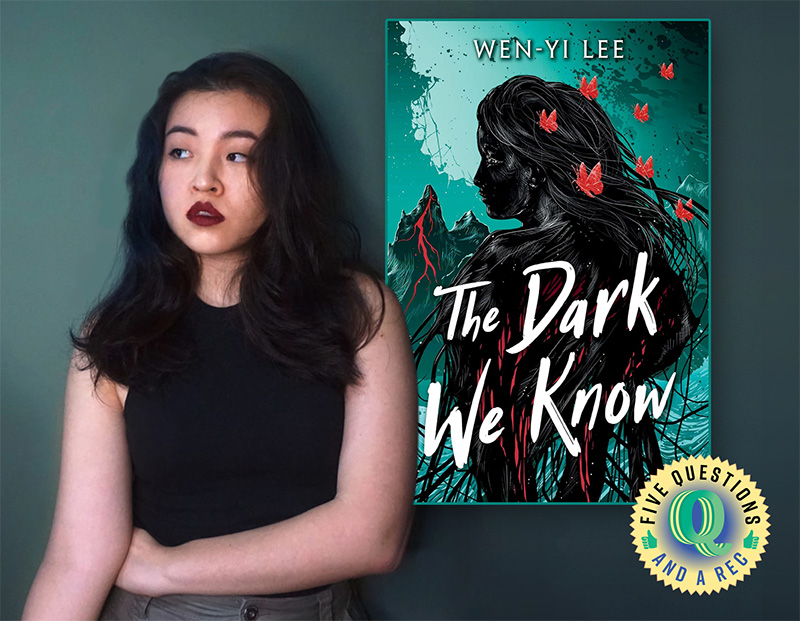
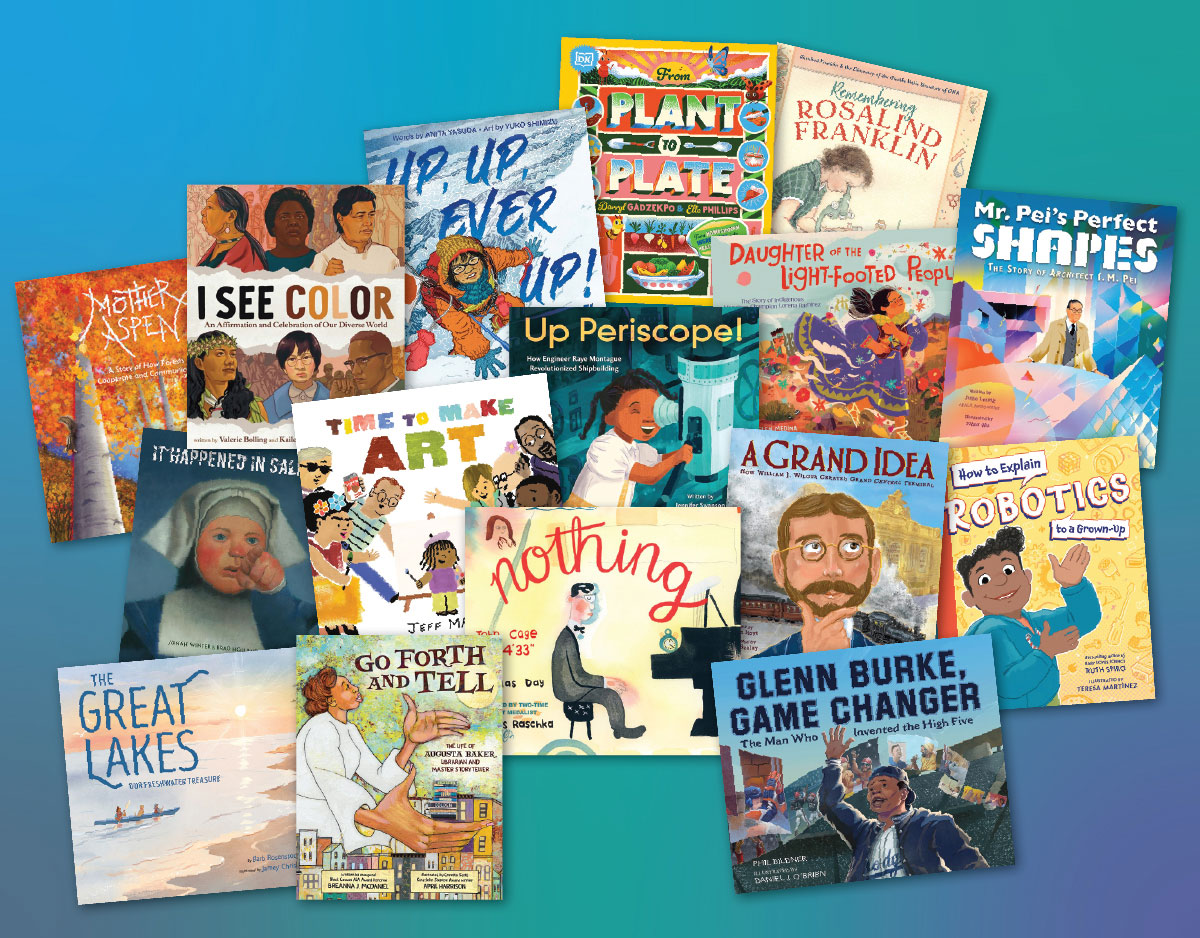
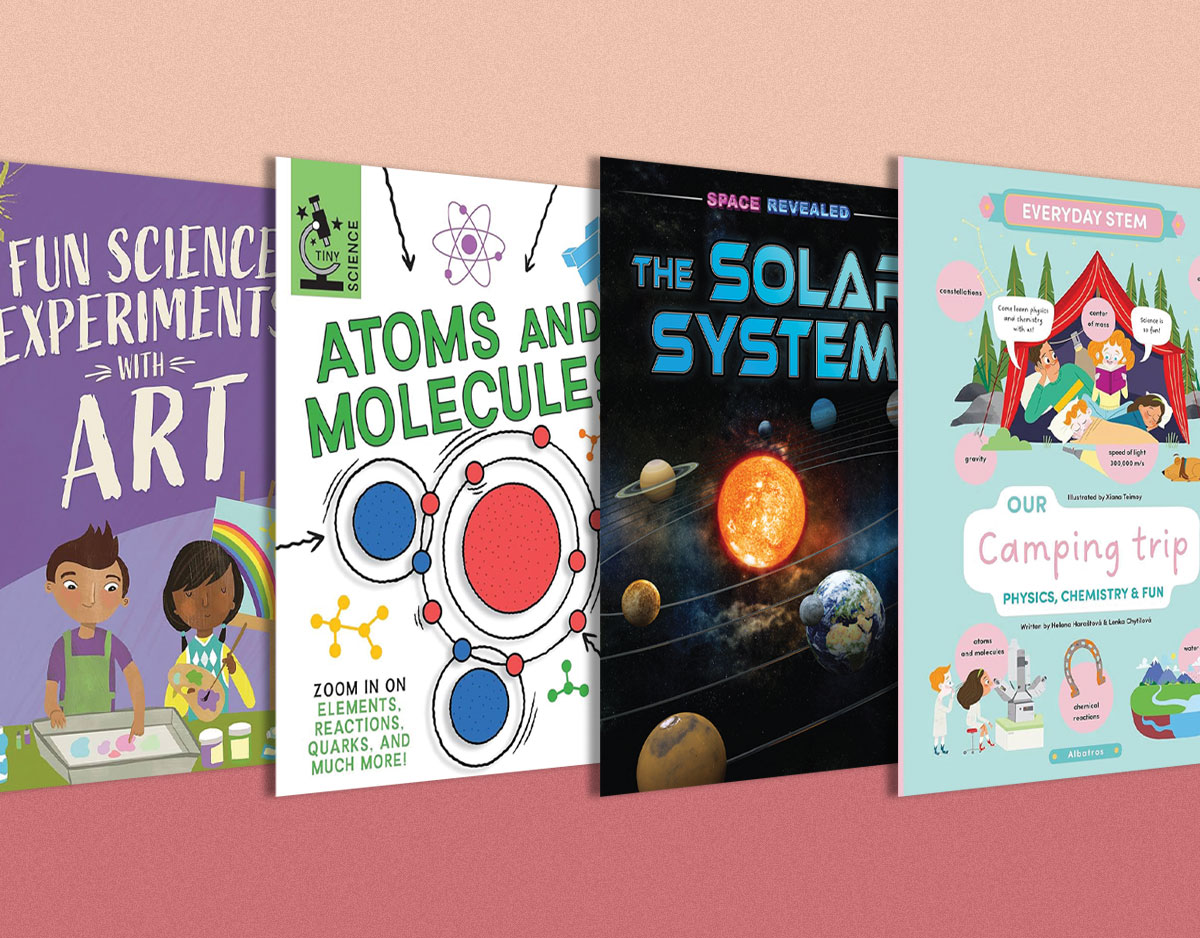
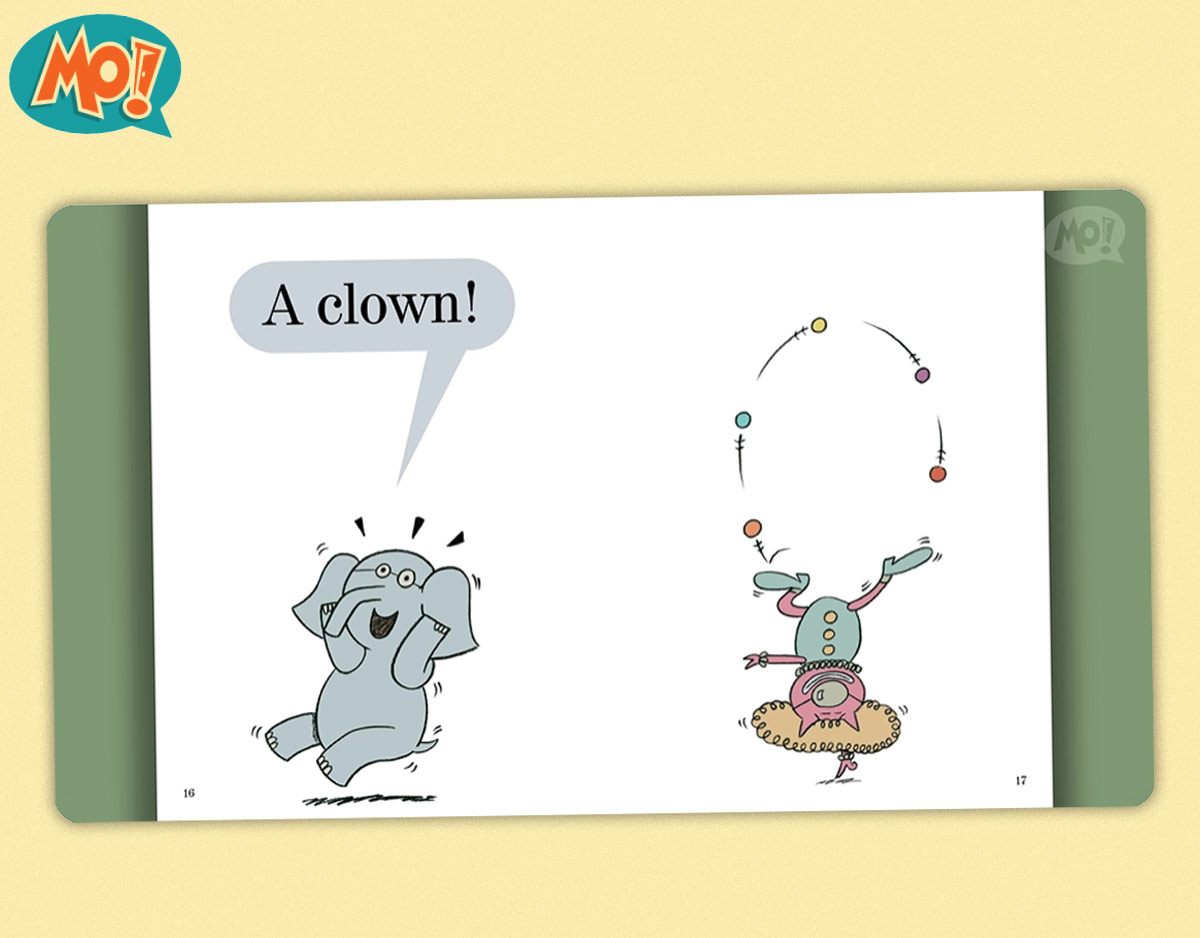
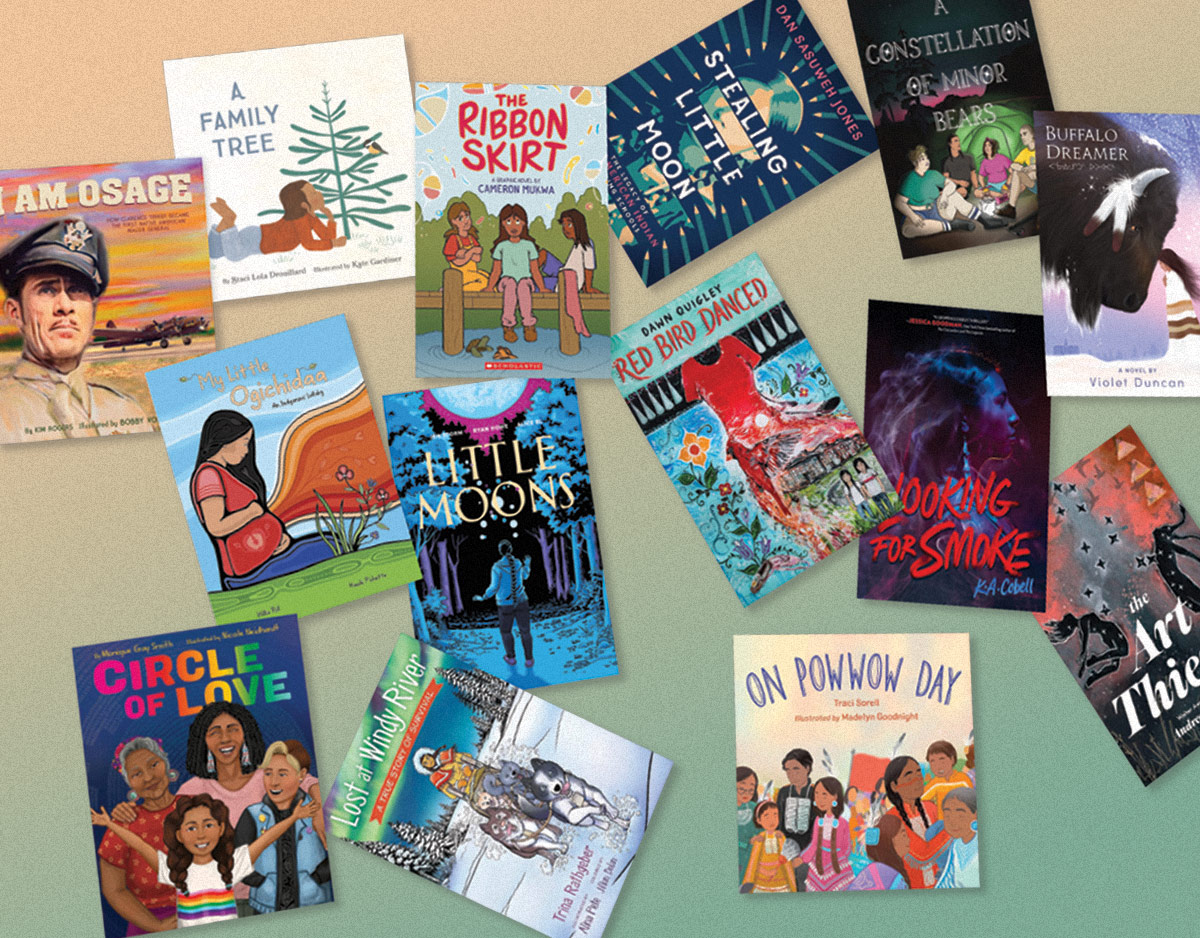
Looks like I fell down as a parent- I very carefully tried to get books with different “voices” and ethnic diversity. Never occurred to me to seek out books that were translated. (Although there were a couple- The Wicked Enchantment and The Christmas Mystery- both excellent.)
[NOTE: David Jacobson has been having difficulty posting this comment. I am posting it here in his stead in full]
Chad Post, the publisher of Open Letter Books, which specializes in publishing translated works, has compiled a database of translated fiction and poetry since 2008, Though he doesn’t specifically tag children’s literature (which he would like to if he could get the funding!), he did make special efforts some years back for a particular report. According to the data he provided me, some 120 titles of children’s book translations came out in 2012, 132 in 2013, and 105 in 2014. That seems to correlate with Susanna’s findings. If you look at the titles from those 3 years by language, the come out as follows: French – 120; German – 77; Dutch – 51; Spanish – 33; and Japanese – 18. Those 5 languages represent more than 80 percent of the total.
Separately, a friend and colleague of mine from the Japanese translation world, Avery Fischer Udagawa, prepared this research for last years Asian Festival of Children’s Content: “Japan publishes up to 5,000 new children’s’s titles per year, yet from 1994 through 2015, just 57 translations from Japanese were published in translation in the US (annual logs, Cooperative Children’s Book Center, University of Wisconsin).”
Best,
David Jacobson
editorial consultant, Chin Music Press, and author, Are You an Echo?: The Lost Poetry of Misuzu Kaneko.
davej@chinmusicpress.com
I am so grateful for the SLJ cover story this month, and for this further information—thank you!!
“To your mind, why is it important for the American publishing industry to bring translated picture books to U.S. shores? Why do these books matter? Why do we need translated titles?”
Another reason I would throw out is that publishing more translated titles supports the work of authors in many languages—who are increasingly having to compete with English-language authors, even in their native countries. Authors’ literary innovations support the richness of their written languages—and humanity’s languages, in turn, form irreplaceable repositories of culture and knowledge. It would be a shame to see linguistic diversity dwindle needlessly (though we are perhaps already seeing this), in our era which Minae Mizumura calls the Age of English.
Publish translations for -children- more, and you not only support authorship in many languages (because the original authors receive income from the large English-language markets) but you also nurture readers of translations during their formative years. They can grow up to be a robust market for world lit for grown-ups.
Brief further reads:
-On the difference between written and spoken language and need for authors to keep written languages alive:
http://www.publishersweekly.com/pw/by-topic/industry-news/tip-sheet/article/65780-the-fall-of-language-in-the-age-of-english.html
-On the increasing outflow of English language literature, without a commensurate inflow from other languages (meaning authors in other languages see their market constrict):
https://www.nytimes.com/2015/07/08/opinion/found-in-translation.html
Two books I love dearly about how our bookshelves can be more cosmopolitan, for the good of humanity:
The World Between Two Covers, Ann Morgan
The Fall of Language in the Age of English, Minae Mizumura
Best quote I’ve found about how -children’s literature- is in the best position to make a difference, is Kathleen Kelly’s in You’ve Got Mail, “When you read a book as a child, it becomes a part of your identity in a way that no other reading in your whole life does.” BTW I’m eager for data that backs up Nora Ephron here!